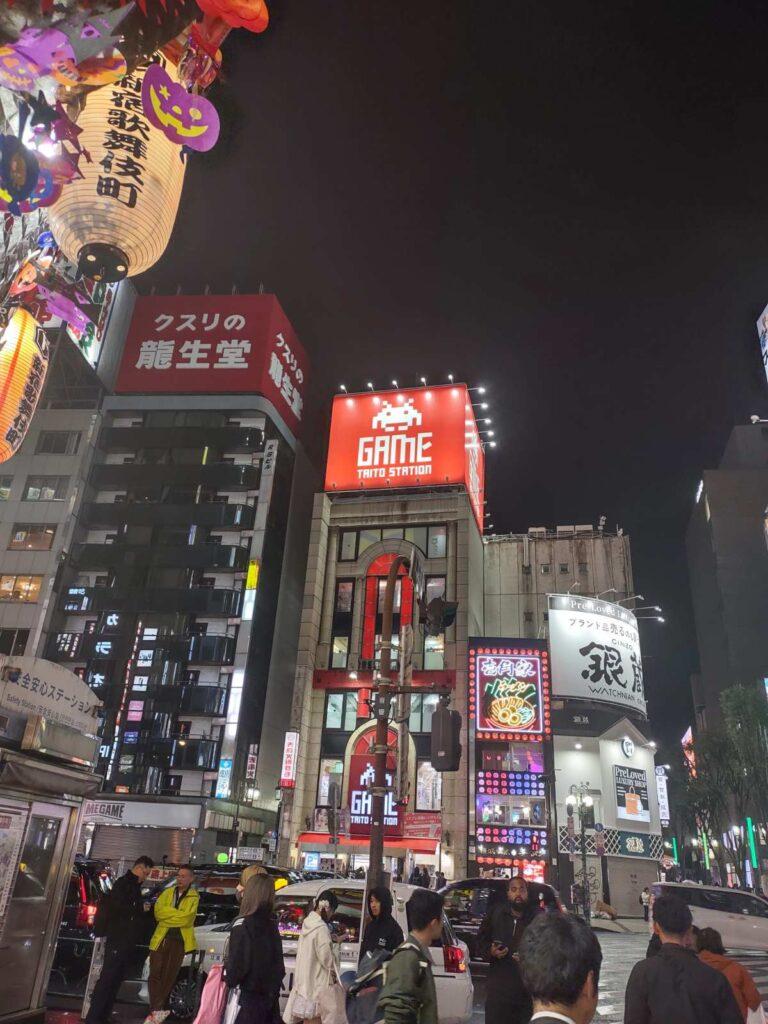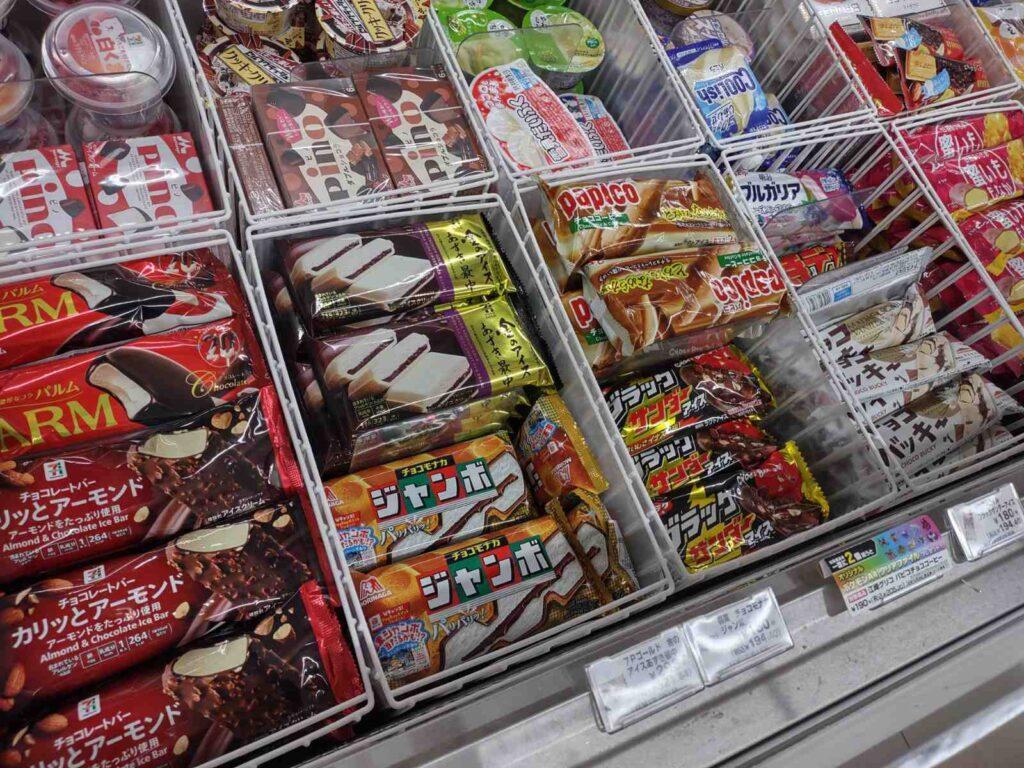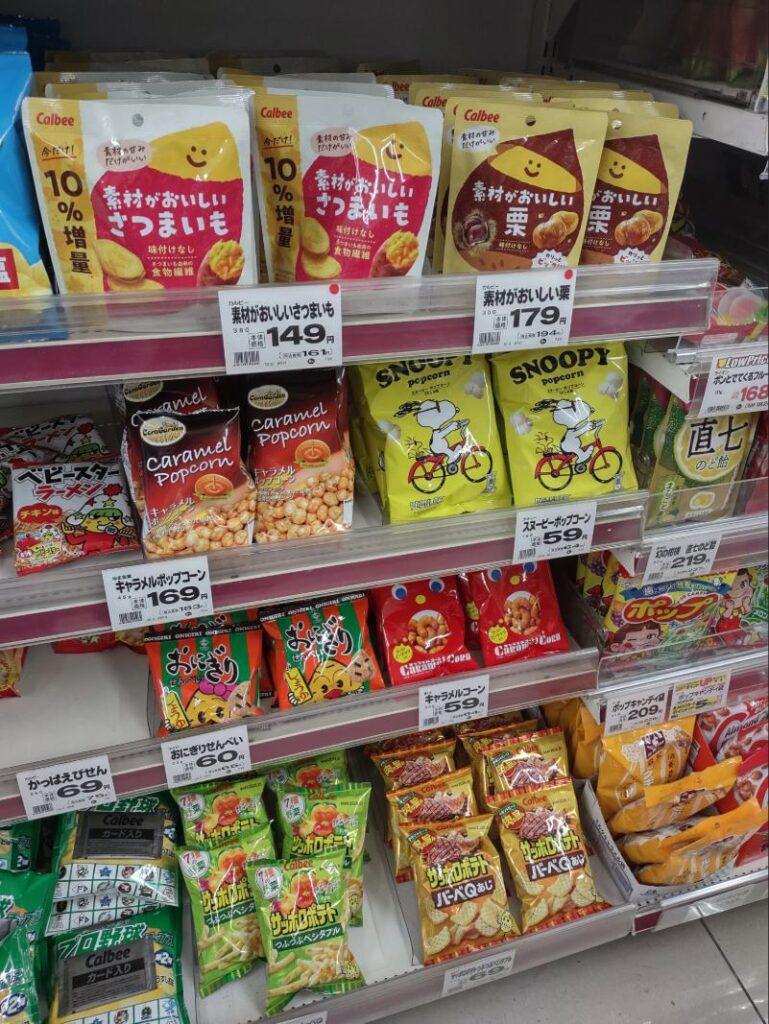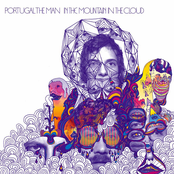
A Global Perspective from a Boutique Design Studio
Earlier this year, I had the opportunity to visit Japan as one of the adult delegates representing Marion, Illinois, through our Sister City program with Kanie City in the Aichi Prefecture. As a representative and VP of a design and marketing studio, I couldn’t help but see everything Japanese design has to offer, including storefronts, signs, packaging, and billboards through the lens of branding and marketing.

Japanese design offers a visual overload in the best way possible. Walking through Shibuya, Shinjuku, and Nagoya, I was struck by how alive everything felt. Every surface seemed to have something to say with color, text, characters, and mascots all telling a story at once. And while it might look chaotic to a Western eye, it works! There’s a joyful rhythm and charm to the clutter.
Where American design tends to whisper, Japanese design shouts unapologetically with confidence and personality.
Playful, Fearless, and Unapologetically Human
One of the biggest differences I noticed was Japan’s willingness to be playful. In the U.S., businesses often obsess over being sleek, minimal, and “on-brand.” There’s a fear of looking silly or unpolished. The idea of being anything less than perfect causes stress.

In my opinion, Japanese design doesn’t share that fear. Even large cities and government departments have cute and playful mascots. Streets are filled with friendly characters promoting safety, recycling, products, services, and community pride. Stores and restaurants embrace color, whimsy, and humor without worrying about whether it fits a strict corporate aesthetic.
It’s marketing with personality and it connects.
The irony is that while Japanese design can feel busy or cluttered, the emotion behind them is crystal clear. They feel human. They remind people that a brand doesn’t have to be perfect to be powerful. It just has to make you feel something.

The Local Lesson: A Conversation at Vosges
In Kanie, I met the owner of a small family restaurant called Vosges. The restaurant has been around for decades, serving generations of locals. When I asked about her marketing strategy, she smiled and said they didn’t do much.
No digital ads. No social media campaigns. Just a few print ads each quarter in a local coupon and directory listing booklet. And of course, a strong reputation built over time.
For Vosges, marketing isn’t about reach; it’s about relationships. Their brand lives in the loyalty of their neighborhood customers and the stories those customers tell. That kind of connection can’t be bought with an ad. It’s earned through authenticity, quality, and consistency.
It reminded me that not every marketing effort needs to scale. Sometimes, your most valuable “strategy” is simply to care about your customers enough that they do your marketing for you.
The American Contrast: Polished, Controlled, and Strategic
Back home, I started thinking about how different the U.S. design mindset can be. Many American businesses strive for polished precision with everything neat, refined, and tightly aligned with a visual identity.

Take Variobend USA, one of our clients in the manufacturing sector. Their branding is intentionally minimal, clean, and professional. It communicates strength, efficiency, and innovation. Exactly what their audience needs to feel. This branding we created works because it reflects their culture and values.

Or DentSmart, another client, whose clean, modern branding builds trust in an industry where confidence and credibility are everything. Their marketing relies on sleek imagery and simplicity to project reliability and trustworthy presentation.
Neither approach is wrong. In fact, both are essential examples of how clarity and control can build credibility. But after seeing Japanese design’s boldness, I believe there’s room for balance. A middle ground where American brands can relax a little, embrace personality, and connect through emotion rather than perfection.
Design Philosophy: Play Meets Precision
At James Arthur Design Co., design has always been about more than aesthetics. It’s about strategy and matching the marketing voice to each client. Japanese design strategies reminded me that strategy doesn’t have to mean restraint.
Great branding happens when design and storytelling meet halfway: structure and soul, logic and play. A clean logo can coexist with a bold message. A minimal layout can still evoke laughter or warmth.
What Japan shows us is that a brand doesn’t need to look perfect to feel authentic. Sometimes, a little imperfection is the most powerful design tool of all.
What Small Businesses Can Learn from Japanese Design
If you’re a small business owner wondering how to bring some of that creative spirit into your marketing, here are a few lessons from Japanese design worth adopting:
- Embrace personality. Let your brand be more than a logo. Let it have a voice, humor, and humanity.
- Tell stories, not slogans. Use your website, social posts, and packaging to make people feel something.
- Don’t fear color or chaos. A little visual noise can make your message stand out in a world of sameness.
- Focus on relationships. Like Vosges, loyalty is built one conversation and one customer at a time.
- Stay authentic. The goal isn’t to mimic the Japanese design style, but to rediscover your own through creativity.

Global Inspiration for Local Brands
From the neon of Shinjuku to the quiet streets of Kanie, Japan offered a powerful reminder: marketing isn’t just about selling. It’s about connecting.
As a design company from a small town in Illinois, it’s humbling to realize how universal creativity really is. Whether you’re a local restaurant in Kanie or a business in Marion, authenticity and emotion are what people respond to most.
Global perspective doesn’t mean copying another culture’s style. It means learning from it. And in that sense, every trip, every conversation, and every brand we encounter has something to teach us about how to tell better stories.





